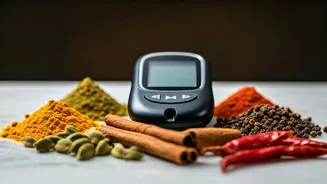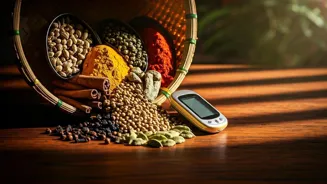Are your blood sugar readings a puzzle? This guide unravels the mystery of fasting blood sugar and HbA1c. Get insights into how these tests are used and what
they reveal about your health.
Understanding Blood Tests
You've received your blood test results – fasting blood sugar at 108 mg/dL and an HbA1c of 7.2%. But what does this all mean? These are two different ways to assess your blood glucose levels. It's like comparing a snapshot to a movie. The fasting blood sugar gives you a picture of your glucose levels at a specific moment, while HbA1c reveals your average blood sugar over the past 2-3 months. Both are vital in managing your health.
Fasting Blood Sugar
Fasting blood sugar measures your blood glucose level after you haven't eaten for at least eight hours. A reading of 108 mg/dL is slightly above the normal range, which usually falls below 100 mg/dL for non-diabetics. This could mean your body isn’t processing sugar effectively at that time. Think of it like checking the engine's performance first thing in the morning.
HbA1c Explained
HbA1c, or glycated hemoglobin, reflects your average blood sugar over a longer period. A HbA1c of 7.2% suggests that your average blood glucose level over the past few months has been higher than ideal. Generally, a HbA1c below 5.7% is considered normal, 5.7% to 6.4% indicates prediabetes, and 6.5% or higher suggests diabetes. The good news is that lifestyle changes can have a big impact!
What Does It Mean?
The discrepancy between your fasting blood sugar and HbA1c suggests something is at play. Your fasting blood sugar is just a single data point, while the HbA1c shows the bigger picture. Your HbA1c score of 7.2% indicates that the average blood sugar levels have been high. You might need to work with your doctor to understand what’s contributing to the elevated levels, and adjust your diet and exercise.
Next Steps For You
It's important to consult your doctor. They will be able to give you a diagnosis and also help you monitor your condition. They will also guide you on the best course of action. Often, this involves dietary changes, increased physical activity, and perhaps medication to manage your blood sugar levels. Remember, prevention is always better than cure. Keep in mind that you can maintain a healthy lifestyle by practicing some small changes in your daily routine.









